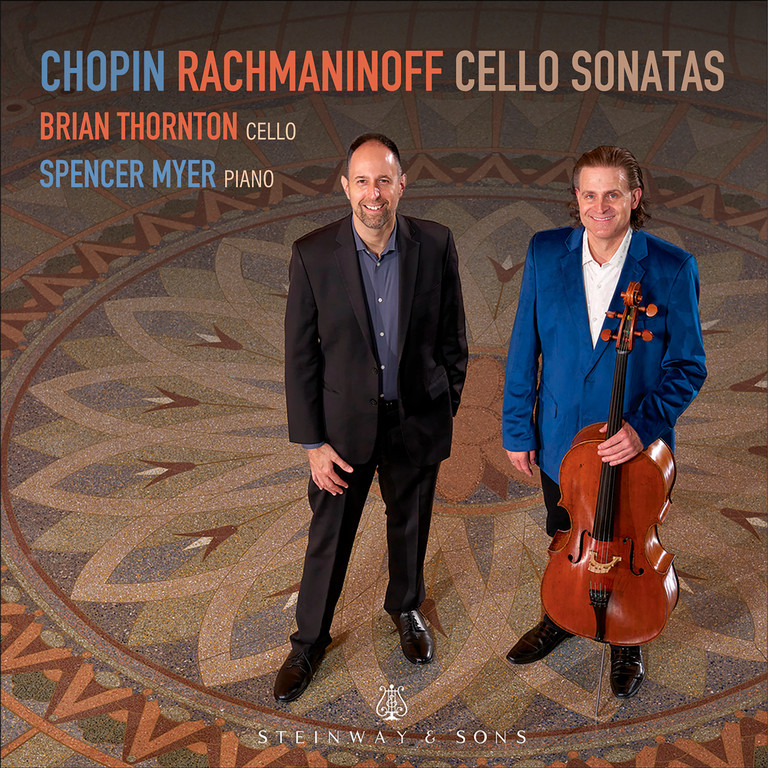Much of these two sonatas is about partnership; the nature of chamber music lends itself to this reading. And with these works, the idea of partnership occurs not only in their respective histories but in the interplay of the instruments themselves, with piano and cello performing equally.
For Chopin and Auguste Franchomme — friend, colleague, and dedicatee of the Cello Sonata, Op. 65 — partnership extends beyond this piece. Friends for seventeen years, the pair co-wrote the Grand duo concertant, B. 70, and Franchomme reworked the cello part for the Introduction and Polonaise brillante, Op. 3. The Cello Sonata emerged from Chopin’s late period, towards the end of his life, acting as a bridge between the past and the future. Overflowing with themes, the sonata plays with form. Some hear the opening of “Gute Nacht” from Schubert’s Winterreise structuring the work, lending to the cello’s singing quality in the first movement. Thinking about the sonata through this lens deepens the idea of partnership, where the vocal and piano lines work together to convey an emotion, here perhaps, melancholy.
Partnership is also at the center of Rachmaninoff’s Cello Sonata, Op. 19. Anatoly Brandukov, the sonata’s dedicatee, was Rachmaninoff’s close friend, even the best man at Rachmaninoff’s wedding. Much like Chopin’s friendship with Franchomme, Rachmaninoff and Brandukov’s friendship was also collaborative with the cellist premiering all of Rachmaninoff’s chamber works. The piano and cello work as equals, something Rachmaninoff insisted on, reluctantly calling it a ‘cello sonata.’ And unlike the melodic material in the Chopin that evokes a Schubertian melancholia, here we see Rachmaninoff working his way out of the depression that followed the disastrous premiere of his First Symphony just a few years prior. Instead of finality, we experience triumph.
– Imani Danielle Mosley


